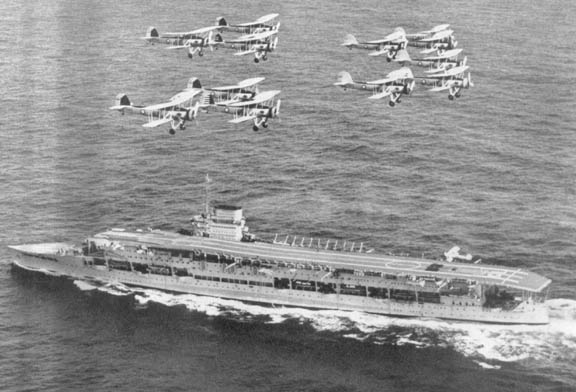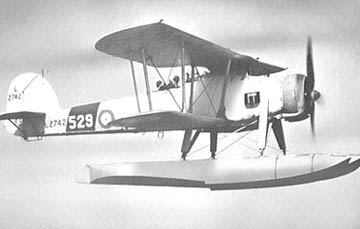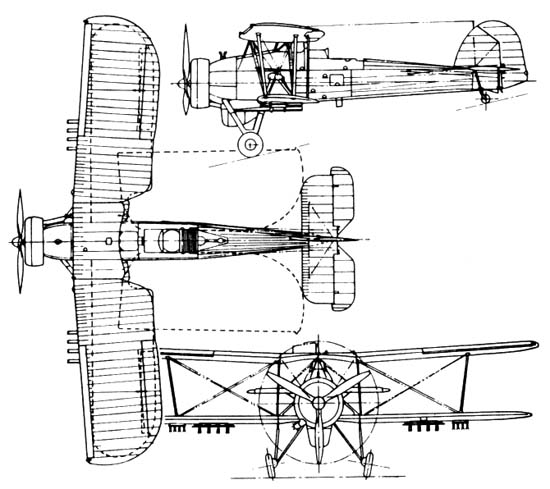WARBIRDS RESOURCE GROUP > BRITISH AVIATION > BOMBERS > PREVIOUS PAGE

|
Type: Two-Seat carrier based torpedo bomber, three-seat spotter reconnaisance, other roles. Origin: Fairey Models: Mk. I to IV First Flight: TSR.II April 17, 1934 Production Mk. I December 1935 Service Delivery: February 1936 Final Delivery: June 1944 Number Produced: 2,391 – (1,699 built by Blackburn) Engine: Mk. I and early Mk. II Model: Bristol Pegasus IIIM3 Type: 9-Cylinder air cooled radial Number: One Horsepower: 690 hp Mk. II onwards Model: Bristol Pegasus 30 Type: 9-Cylinder air cooled radial Number: One Horsepower: 750 hp Dimensions: Wing span: 45 ft. (13.72m) Length: 35 ft. 8 in. (10.87m) Height: 12 ft. 4 in. (3.76m) Wing Surface Area: N/A |
Weights: Empty: 4,700 lb. (2134 kg) Loaded: 7,510 lb. (3410 kg) Performance: Maximum Speed: 138 mph (222 km/h) Initial Climb: 1,220 ft/min (372 m/min) Service Ceiling: 19,250 ft. (5867m) Range (Fully loaded): 546 miles (879 km) Armament: One fixed .303 in. Browning. One .303 in. Browning or Vickers K manually aimed from rear cockpit. Payload: All Crutch for one 18 in. 1,610 lb. Torpedo., or one 1,500 lb. mine or similar weight of bombs.) Mk. II - IV As Mk. I but has additional underwing racks for eight 60 lb. rockets or similar stores. |

The Swordfish was constructed of metal with a fabric covering. Starting with the Mk. II the lower wings were also covered in metal, allowing rockets to be fired. The Mk. III had radar installed and the Mk. IV had an enclosed cockpit. From 1940, all production and development was handled by Blackburn.

Sources:
Gunston, Bill - The Encyclodepia of the Worlds Combat aircraft, 1976, Chartwell Books, Inc., NY
WARBIRDS RESOURCE GROUP > BRITISH AVIATION > BOMBERS > PREVIOUS PAGE
